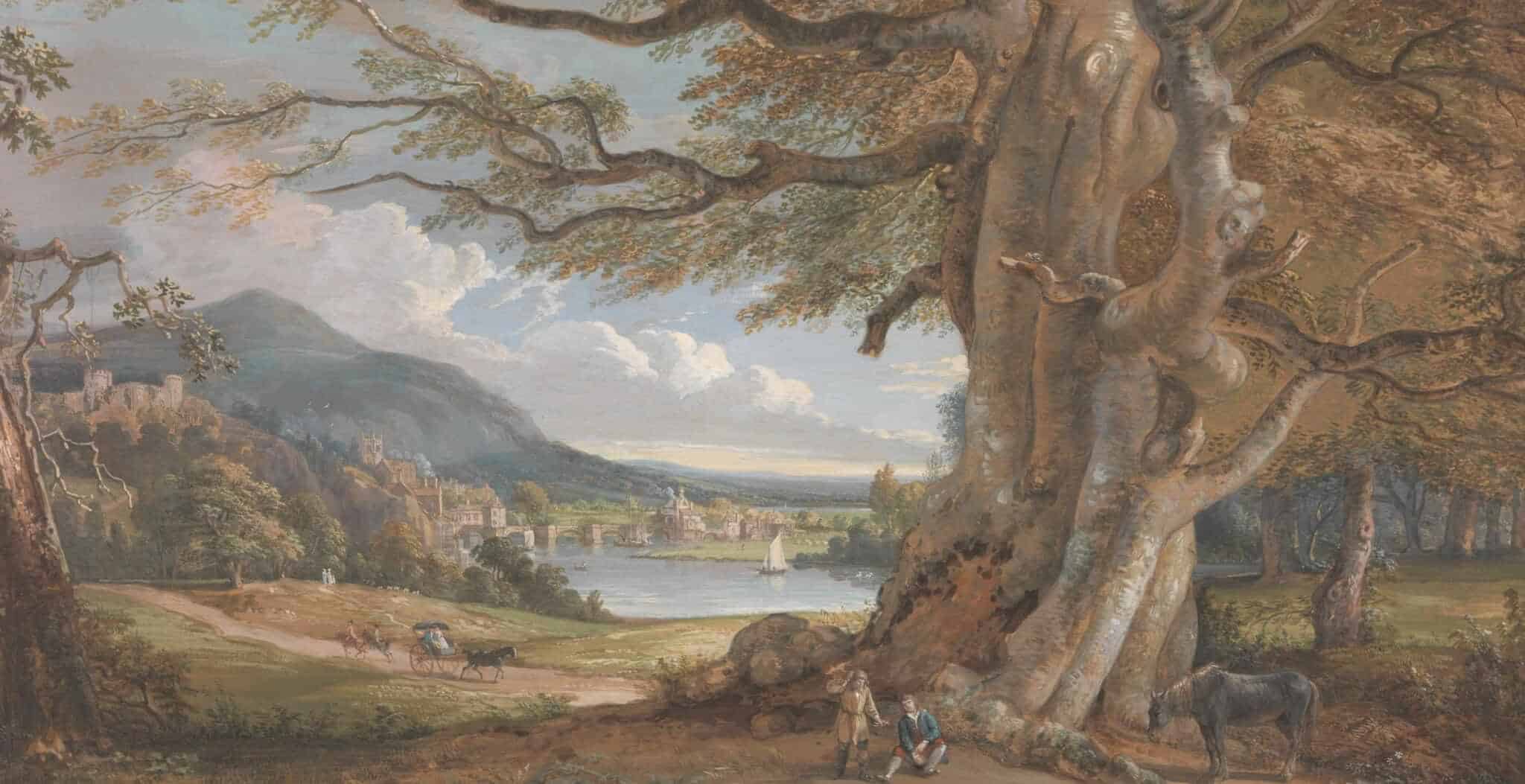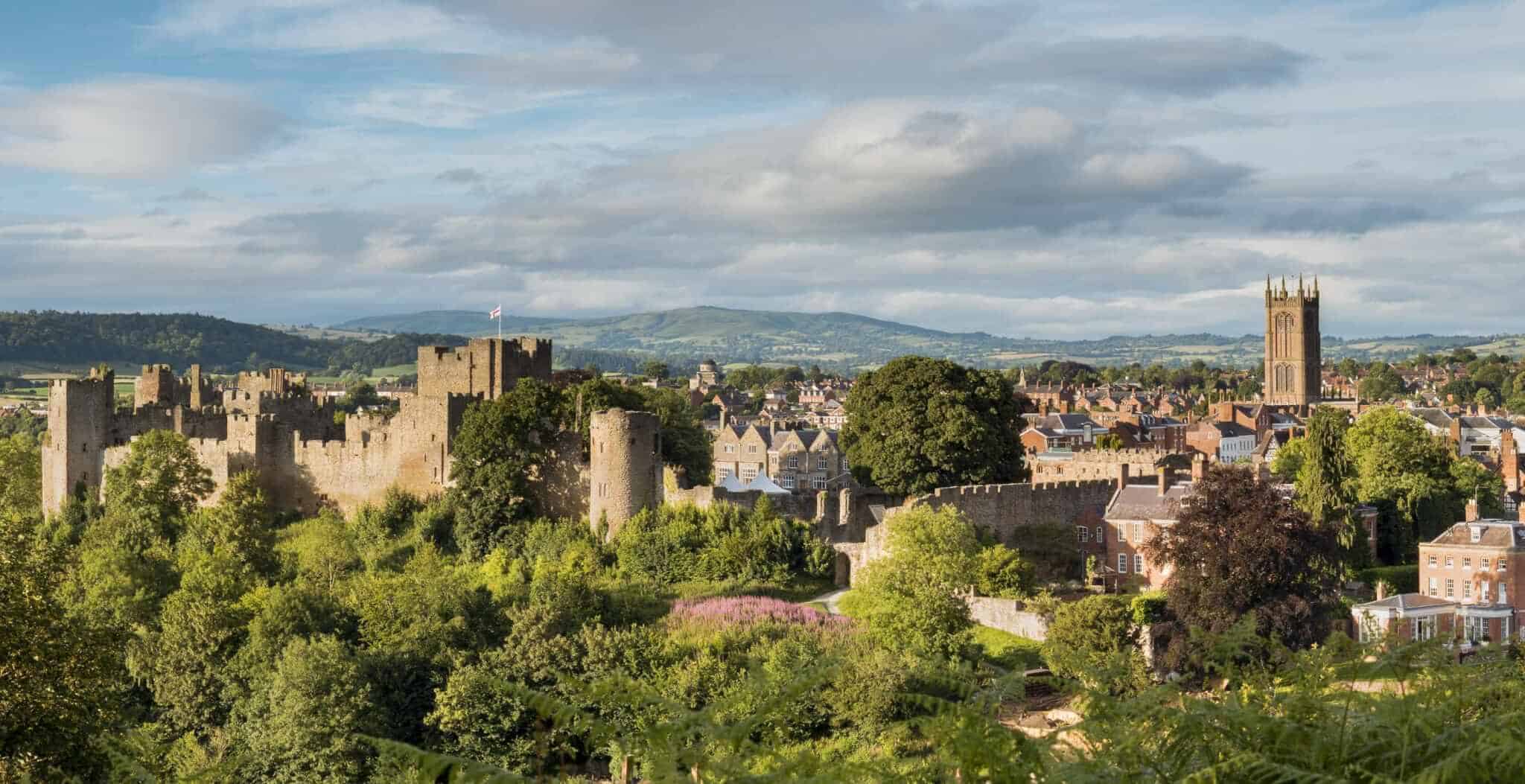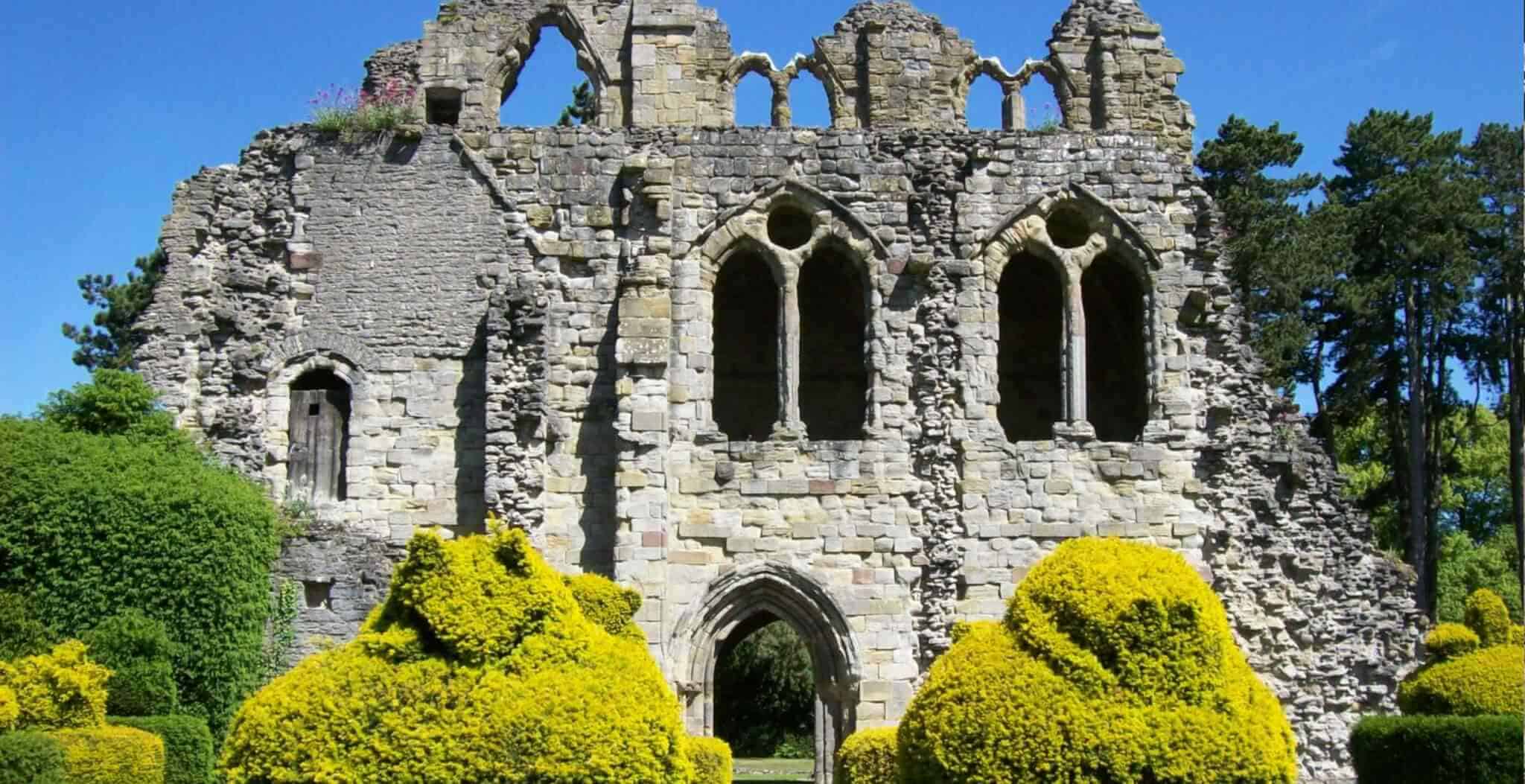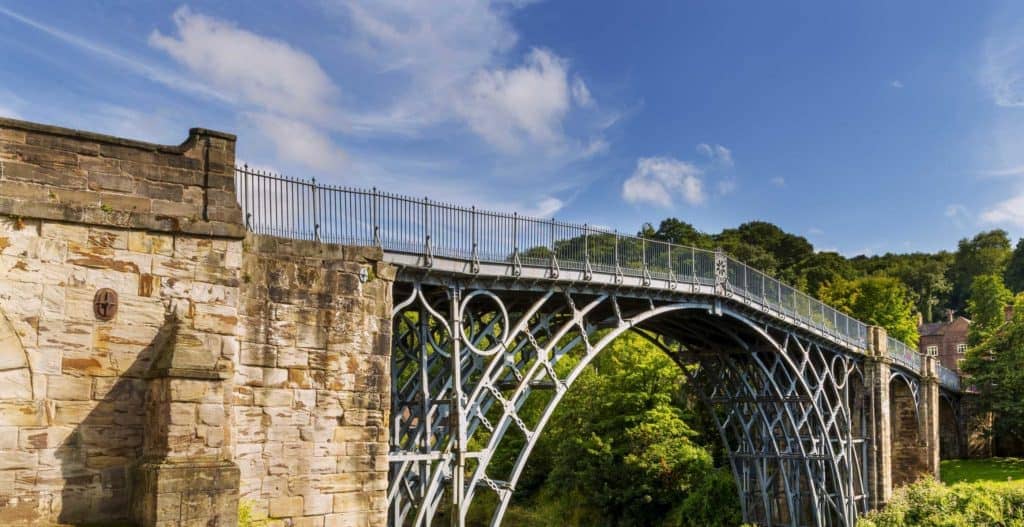Facts about Shropshire
![]() Population: 470,000
Population: 470,000
![]() Famous for: Offa’s Dyke, Ironbridge, The Wrekin
Famous for: Offa’s Dyke, Ironbridge, The Wrekin
![]() Distance from London: 3 – 4 hours
Distance from London: 3 – 4 hours
![]() Local delicacies: Shrewsbury Cakes, Polecat ‘Fidget’ Pie
Local delicacies: Shrewsbury Cakes, Polecat ‘Fidget’ Pie
![]() Airports: None
Airports: None
![]() County town: Shrewsbury
County town: Shrewsbury
![]() Nearby Counties: Cheshire, Staffordshire, Worcestershire, Herefordshire
Nearby Counties: Cheshire, Staffordshire, Worcestershire, Herefordshire
Shropshire is home to some of the most fantastic historical sites in the entire country. From the impressive remains at Wroxeter Roman City, the fourth largest Roman settlement in England, to Abraham Derby III’s world famous Ironbridge, Shropshire has something for everyone.
Originally a part of the Welsh kingdom of Powys, Shropshire was annexed to the Anglo-Saxon kingdom of Mercia sometime in the eighth century AD. Shortly afterwards, King Offa looked to fortify his new territory by constructing Offa’s Dyke, a huge 115 mile defensive earthwork stretching from the River Severn to just north of modern day Oswestry. Shropshire boasts some of the best preserved stretches of the Dyke.
Another example of Shropshire’s turbulent and violent history comes from the numerous castles that litter the county. One of the most impressive of these is Whittington Castle, pictured at the top of this page, a 13th century fortress built on an earlier Norman motte-and-bailey.
Other castles in the county include Ludlow Castle, built shortly after the Norman Conquest in 1066 to control the troubled Welsh Borders. Nearby Clun Castle is another Norman fortress built to defend against the Welsh, although the original motte-and-bailey was brought down by Welsh mauraders in 1196. The remains that can be seen today date from the 13th century.
The county town of Shrewsbury is also well worth a visit if you are nearby. The centre of the town is still based on the original medieval street plan, and there are over 650 listed buildings with many dating back to the 15th century. Shrewsbury also boasts its very own castle, parts of which dates back to the 11th century.
Finally, a trip to Shropshire wouldn't be complete without visiting Much Wenlock, home of the modern Olympic games. The town itself has some stunning medieval buildings, including the Guildhall that is open to the public in summer months.





